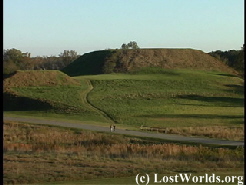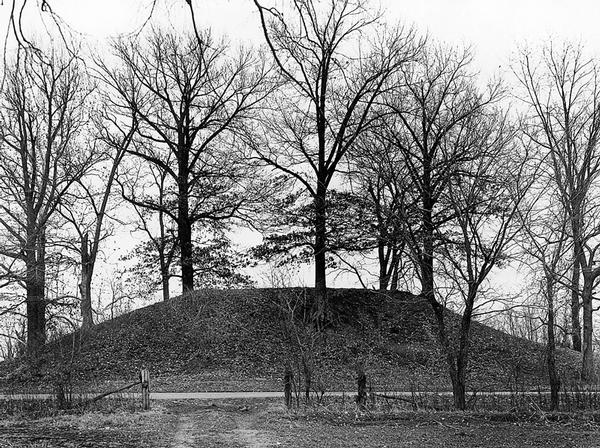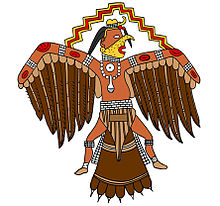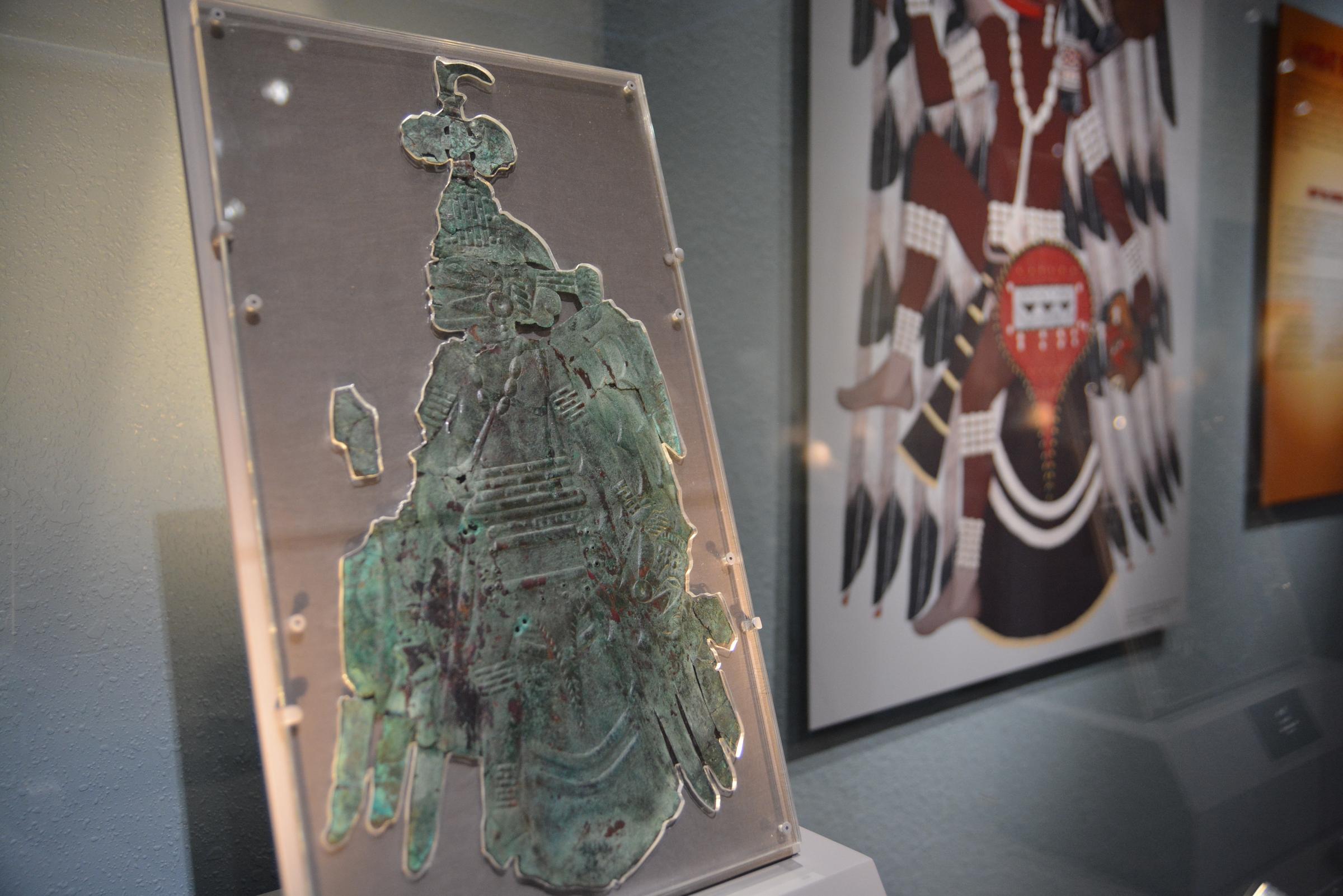More early dwellings at Ocmulgee monument site, archaeologist finds

An ancient civilization of mound builders who lived near the Ocmulgee River just northeast of what is now downtown Macon may have been home to more native people than originally thought.
Though the research, much of it done with a ground-scanning instrument to roughly map underground shapes and forms, is still under way, early analysis seems to indicate more unearthed dwellings at the site than were previously known to have existed.
Dan Bigman, an archaeologist and doctoral candidate at the University of Georgia, has charted 25 or so acres of the Ocmulgee National Monument grounds since the summer.
Passing back and forth across grid sections while holding a 5-foot-wide sensor, Bigman and his assistants have made underground scans without disturbing the surface.
“It seems like we are seeing (evidence of) a lot more structures … than I expected,” Bigman said Monday. “I was pretty blown away.”
He plans to wrap up his survey later this week with hopes of returning later with other ground-scanning equipment to further verify and, perhaps, enhance the imaging data he has already gathered.
He said a major excavation of the site in the 1930s examined just 17 percent of the property. Bigman’s scans have covered much more area of what is considered one of the largest native Mississippian-period settlements in the eastern U.S. The Macon mounds date back about 1,000 years.
Bigman, 31, set out to pinpoint where exactly the mounds-era inhabitants lived and how their dwellings were situated in relation to one another.
“You can map, in some cases, the cultural remains that are underneath the ground,” Bigman said as he took a break from charting a grassy stretch of Drakes Field, a rarely visited patch on the western edge of the grounds, about half a mile from the Macon Coliseum. “The things that we’re seeing mostly are house structures, house walls.”
The scanning device he uses can also detect long-buried fire pits or hearths, other signs of early dwellings. Once it is determined how densely populated spots are, Bigman said, “You can start looking at questions like what was the social structure, how was the community organized?”
Bigman said the area has “a very complicated occupational history,” which includes Creek occupation in the late 1600s, but he is more interested in the Mississippian culture seven or so centuries earlier.
“Was it continuous occupation or was there space between communities?” Bigman wonders. “How did people identify themselves? Were they part of a larger town or did they have sort of like neighborhoods they were affiliated with?”
His geophysical survey is something of an EKG of the underground. He can plot contour maps or gray-scale images of specks of post holes or rotted wood, pockets in the earth where water accumulates. Because organic material holds water well, Bigman’s ground scanner, which seeks out areas of electrical conductivity, can paint a sketchy picture of possible dwelling foundations, buildings’ footprints still detectable down the ages.
“From the excavations done in the ’30s, we know that they were square (dwellings), we know they were rectangular and we know the range of the sizes that they were. So you can go back and say, ‘Look, here’s a square that’s within the range,’ ” he said of deciphering what the data suggests to help in determining the distribution of people and how large their communities were.
“We just know so little about the site,” Bigman said, “and some of the basic things that you need to answer archaeological questions about communities or about political systems or about how people lived or organized themselves spatially or socially or economically. Where did they live and how did that change over time? Did the site expand over time? Did it contract over time?”
Such questions can be answered or best-guessed, he said, “If we know where they lived.”
“But until I work out the chronology, it’s going to be difficult to say. I can say where the people were, but the question is when,” Bigman said.
The Creeks, who lived there 400 or so years ago, had houses that “were pretty square, too,” he said, so it might be hard to tell which period the underground readings denote.
“The hope,” he said, “is to squeeze data out of here without destroying any more of the ground.”
Read more: http://www.macon.com/2010/12/07/1367701/more-early-dwellings-at-ocmulgee.html



